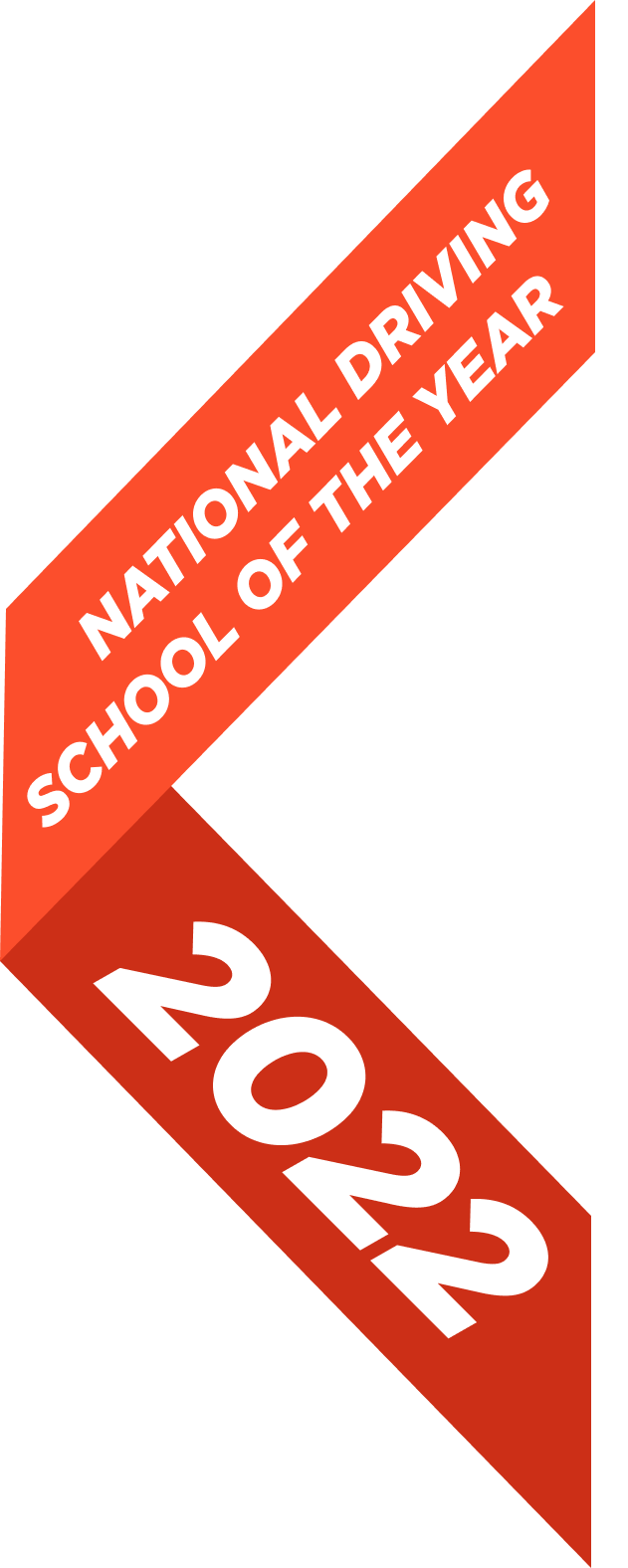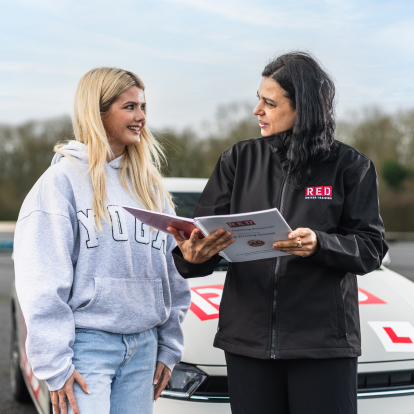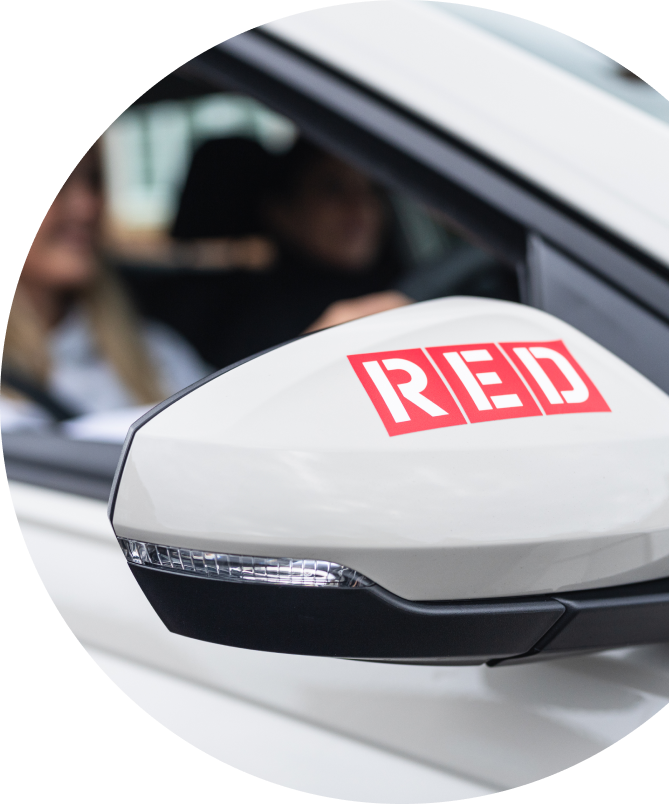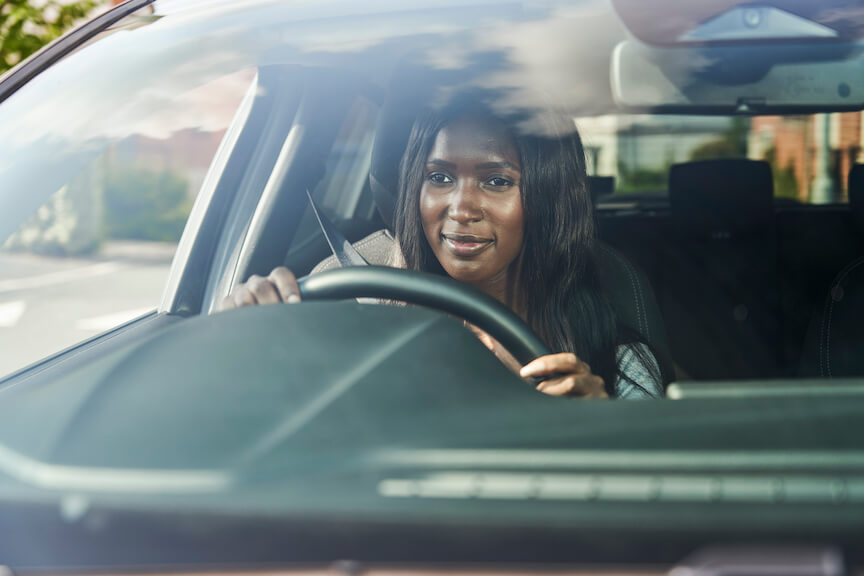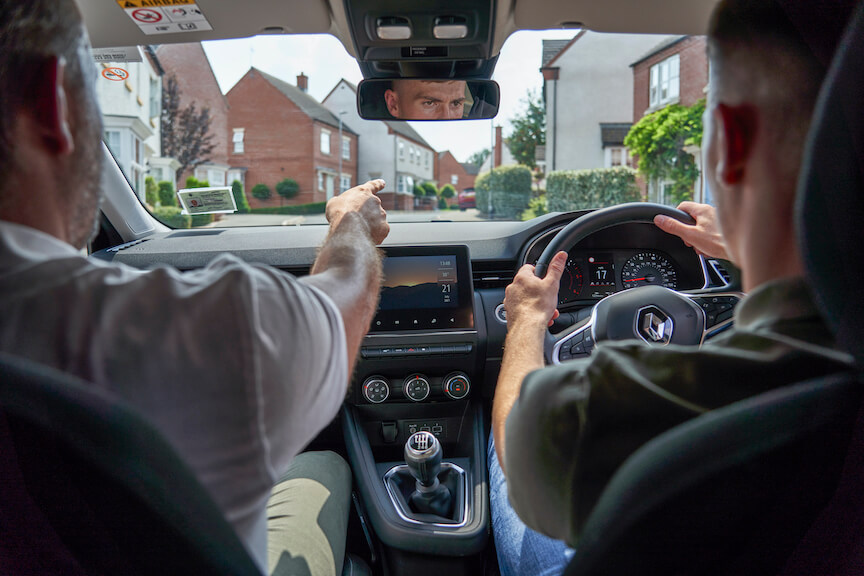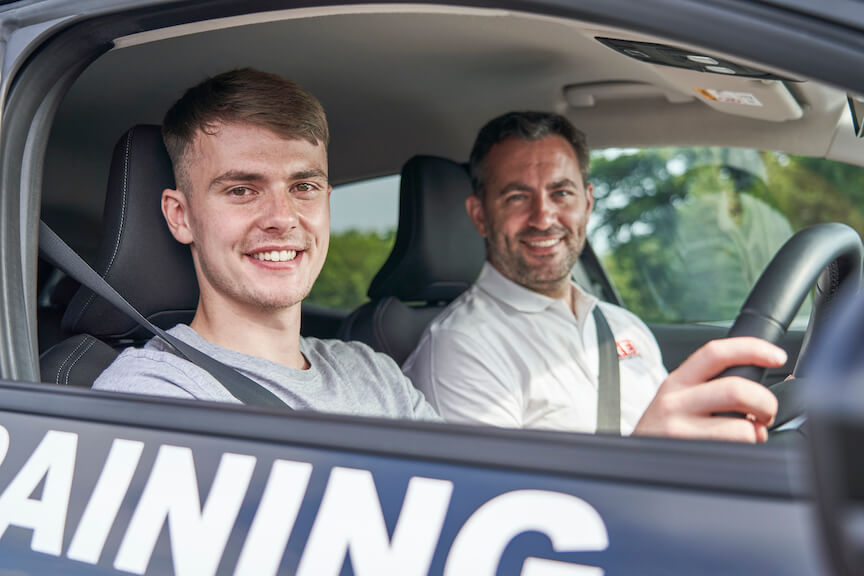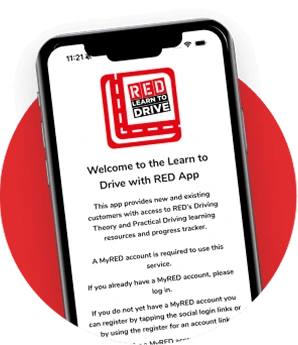What happens during a practical driving test
The day of your driving test can be nerve-wracking – but with plenty of preparation and information about what to expect, you can feel more settled, which will increase your chances of passing.
We recommend arriving at your test centre at least 15 minutes before your test start time. This will give you plenty of time to organise the administrative part of your test without rushing, which can really add to the stress. On your test day, you’ll need to bring with you:
- Your valid UK or Northern Ireland provisional driving licence
- Your theory test pass certificate
- A car that you’re insured to drive – this could be yours, or your driving instructor’s
When your examiner is ready, they’ll take a note of the above items, and ask you whether you’d like your instructor to come along for your test. You may prefer for them to come along for support, however they won’t be able to offer you any guidance throughout the duration of your test.
Eyesight check
Before setting off, your driving test examiner will run a quick eyesight test with you – this is as simple as them asking you to read a number plate from 20 meters away. Once this is complete, the examiner will ask you to get into your car.
Please note: if you fail the eyesight check, the test will be cancelled and you’ll have to book another one (your booking fee won’t be refunded). You must remember to bring your glasses with you if you need them to see properly.
Show me, tell me
The next part of your test is called “show me, tell me”. This part of the test is designed for you to demonstrate that you understand how to check your car is working properly, and that you know the basic functions of the car to keep yourself and others safe while you’re driving.
”Show me” examples
-
Show me how you’d switch on the dipped headlights
- Show me how you’d wash and clean the rear windscreen
- Show me how you’d turn on the hazard warning lights
”Tell me” examples
- Tell me how you’d check that the brake lights are working
- Tell me how you’d check that the engine has enough oil
- Tell me how you’d switch on the rear fog lights, and when you’d use them
The examiner will ask one “show me” question, and one “tell me” question. If you get one wrong, don’t panic! You won’t fail your test, however your examiner will give you one Minor fault for each incorrect answer.
Driving
Once show me tell me is complete – your examiner may choose to ask these while you’re driving – it’s time for the actual driving part of your test. For approximately 40 minutes, you will:
- Drive according to instructions given by your examiner
- Perform one reversing manoeuvre
- Drive independently, using road signs to guide your journey (usually 20 minutes)
- You may or may not be asked to do an emergency stop
If you’re doing an extended driving test due to a previous driving ban, your test will take 70 minutes instead of the 40 minutes as with the regular driving test.
Reversing manoeuvres
You will have practiced your reversing manoeuvres numerous times with your instructor during your lessons – during your test, your examiner will ask you to perform just one of them. The four reversing manoeuvres are;
- Parallel parking – reversing into a space alongside a kerb, between two vehicles or within a marked bay
- Bay parking – either reversing into a parking space then driving out, or driving into it then reversing out
- Turn in the road – moving forward, reversing, and then driving away in the opposite direction while ensuring safety and vehicle control
- Reversing around a corner – reversing around a corner at a junction, while keeping an eye out for pedestrians, bikes and other vehicles
It is possible to get minor faults on your reversing manoeuvre – for example, if your wheel clips the kerb – but it’s important to note that you can also get a major fault if you lose control of the car (for example by fully mounting the kerb) or if you forget to check your mirrors and blind spots. A major fault will mean that you fail your test altogether.
Independent driving
In the independent driving portion of your test, your examiner is testing you on your ability to understand and adhere to road signs and markings, that you can handle junctions and lane changes, and crucially that you stop at traffic lights and pedestrian crossings without being prompted by someone else to do so.
And of course it goes without saying, they’ll be checking that you’re doing all of this whilst observing any speed limits in the area – so keep an eye on that speedometer! Once the independent driving section is complete, so is your driving test… and it’s time for your results.

